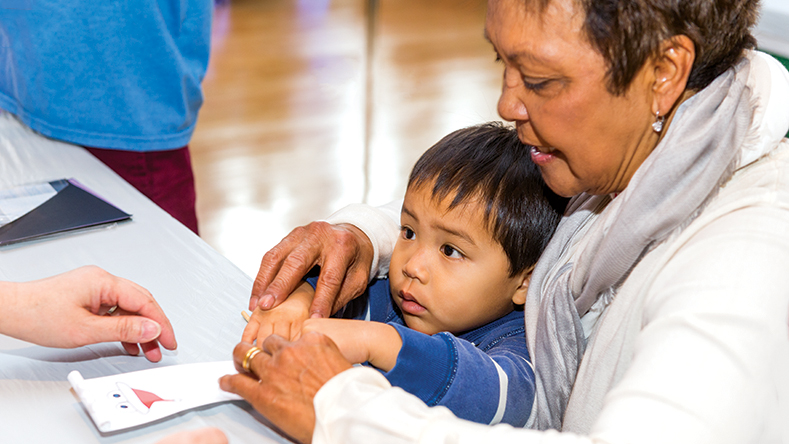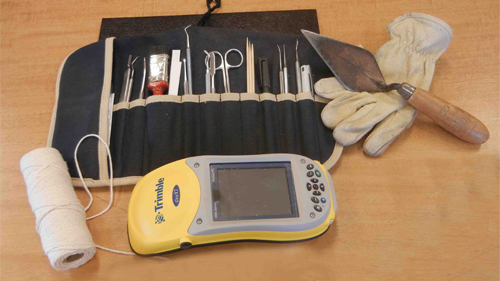Archaeological Achievements of the ROM - 1914 to 2012
As the newest Rebanks Intern, I am excited to present the latest ROM Library display case, located on the main floor just in front of the Library and Archives. On display is a timeline depicting highlights of the ROM’s extensive work and achievements in the field of archaeology. The chronology begins with Mr. Charles Trick Currelly, who created the art and archaeology collections of the ROM. As you proceed through the chronology, you see that over the years, our curators have been actively excavating in several regions around the world, from our own backyard in Ontario to the other side of the globe in Iran and China.


One of the most difficult aspects of this project was selecting key archaeological excavation sites over others. Due to the space limitation of the display case, the timeline could not include all ROM expeditions. So I selected what I thought were notable sites such as that of Dr. Pendergast in Altun Ha, Belize (1964). This site is considered one of the significant achievements of the ROM. One of the most noteworthy finds from Altun Ha is tomb B4. Inside this particular tomb, the largest carved jade was unearthed and is now the national symbol of Belize. The timeline continues on to the Dakhleh Oasis project (1970s), this expedition discovered one of the world’s oldest books, the Kellis Harvest Account Book. As you move along the timeline you end at the ROM's current excavation sites such as the Peking Man Site located in the Zhoukoudian Cave in China.


I was so pleased to be allowed to select some artefacts from the Department of Anthropology for the display case. I chose a fluted projectile point, an ancient tool used for hunting by the Early Paleo-Indians, excavated at the Fisher site, Ontario. Under the direction of Peter Storck, a former curator and field director of the Early Man in Ontario project, the excavation of several other sites in Ontario yielded a large quality of stone tools. These findings revealed a great deal of information regarding the Early Paleo-Indians and their settlement patterns. I was also able to select some commonly used modern archaeological tools, such as a trowel for loosen dirt, dental picks, brushes and gloves for working on very delicate excavations.


Finally, it would not be a library’s display case without books. On exhibit is a copy of Currelly’s autobiography I Brought the Ages Home, filled with adventurous tails from the field, and wonderful encounters from his travels and museum work. Other ROM publications such as On the High Road: The History of Godin Tepe, Iran, and Journey to the Ice Age: Discovering an Ancient World describe in detail the excavations and data generated from the numerous artefacts found at these sites. Please visit the ROM’s library for more information on any of the excavation sites included in this exhibit.
Working on Archaeological Achievements of the ROM - 1914 to 2012 allowed me to gain a better understanding and appreciation for what goes on behind-the-scenes, and for the amount of work curators must do in preparation for an installation – even one as small as this exhibit. The effort, energy and planning needed to create and organize an exhibition – from the moment it is envisioned to the final stage when the display case is locked in place, I have to say was immense. This exhibit could not have been completed without the help of Gwen Adams, Jack Howard, Julia Finn and the preparators Susan Ventura, Dave Garvin, David Bush and Myles Zarowny. In addition, I would like to thank Dr. Shen, Dr. Mason and April Hawkins for lending me the artifacts and tools displayed inside the case.
I invite all of you to come by the main library and take a peak at the history and the achievements of the ROM in the field of archaeology. I hope this exhibit will capture the interest of museum patrons and will get everyone excited about archaeology and new discoveries in this field. There are still places in the world the ROM have yet to visit, please let us know where you would like to see the ROM go for our next big adventure! Email us your ideas at worldcultures@rom.on.ca.
